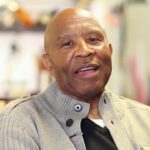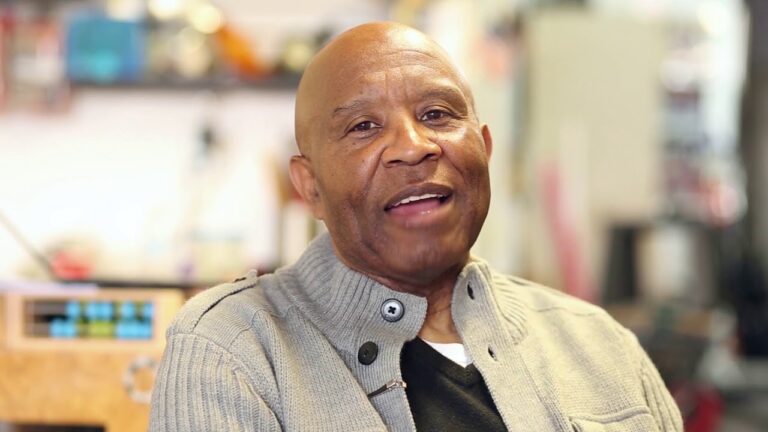
The Howard University Revolution of 1968: A Turning Point in Student Activism
In March 1968, Howard University, one of the most prestigious historically Black colleges and universities (HBCUs) in the United States, became the epicenter of a powerful student protest that would forever change its course. This uprising, often referred to as the Howard University Revolution of 1968, marked a critical moment in the history of student activism, not just at Howard, but across the nation.
The protest was sparked by a convergence of frustrations among students, who felt that the university was not adequately addressing the needs and aspirations of its Black student body. Their demands were clear, resolute, and indicative of a broader desire for systemic change within the institution.
Demands for Leadership Change
At the forefront of the students’ demands was the resignation of President James Nabrit, a prominent figure in the Civil Rights Movement of the 1950s and 1960s. Despite Nabrit’s credentials and contributions to the movement, students felt that his leadership was no longer aligned with their vision for Howard University. They sought a president who would be more responsive to the evolving needs of the student body and the surrounding Black community. The call for Nabrit’s resignation underscored a growing discontent with university leadership, which many students believed was out of touch with the pressing issues of the time.
A New System for Student Discipline
Another significant demand was the establishment of a judiciary system for student discipline. Students felt that the existing disciplinary procedures were unfair and lacked transparency. They sought a system that would ensure due process and be more equitable in handling disciplinary matters. This demand reflected a broader desire for greater student autonomy and a voice in the governance of the university.
Emphasizing African-American History and Culture
Perhaps the most culturally significant demand was the establishment of a department dedicated to Afro-American history and culture. The students wanted the university’s curriculum to place a stronger emphasis on African-American history and culture, reflecting the identity and heritage of the majority of its student body. This demand was part of a larger movement across the country, where Black students at various institutions were advocating for the inclusion of Black studies in academic curricula. The establishment of such a department was seen as essential for empowering students with a deeper understanding of their history and its impact on contemporary society.
Dropping Charges Against Student Protesters
The students also called for the dropping of charges against 39 of their peers who had protested at the university’s centennial Charter Day celebration. These students had faced disciplinary action for their involvement in earlier protests, and their peers demanded that the charges be dropped as part of their broader push for justice and fairness within the university’s disciplinary system.
Courses for the Working-Class Community
In addition to changes within the university, the students also advocated for the development of courses that would allow them to reach out to the working-class community surrounding the university. This demand highlighted the students’ desire to bridge the gap between the academic environment of Howard University and the realities faced by the working-class African-American community in Washington, D.C. It was a call for the university to play a more active role in addressing the social and economic challenges faced by the local Black population.
The Sit-In and Compromise
The protest culminated in a sit-in at the university’s administration building, where students occupied the space to press their demands. This sit-in lasted several days, drawing national attention to the students’ cause. On March 23, 1968, the protest ended with a compromise agreement that saved the students from expulsion. While not all of their demands were immediately met, the protest succeeded in bringing about significant changes at Howard University and set the stage for continued activism and reform in the years to come.
Legacy of the Revolution
The Howard University Revolution of 1968 was a watershed moment in the history of student activism. It demonstrated the power of collective action and the ability of students to effect change within their institutions. The demands made by the students—many of which were eventually realized—reflected a broader movement for Black empowerment and self-determination that was sweeping the nation during the Civil Rights era.
Today, the legacy of the 1968 protest lives on at Howard University, where the principles of justice, equity, and the celebration of African-American history and culture remain central to the institution’s mission. The students of 1968 paved the way for future generations to continue the struggle for a more inclusive and responsive educational environment, not just at Howard, but at institutions across the United States.












